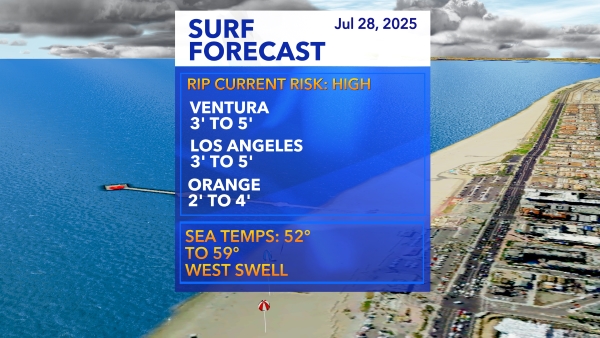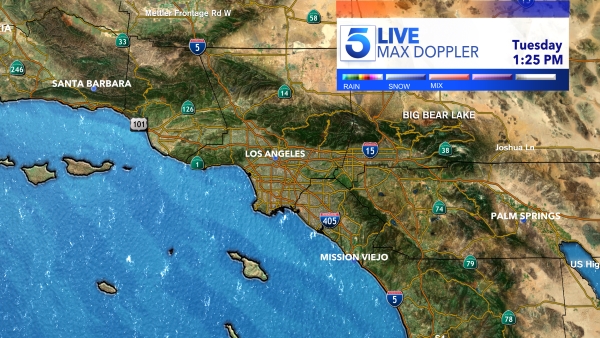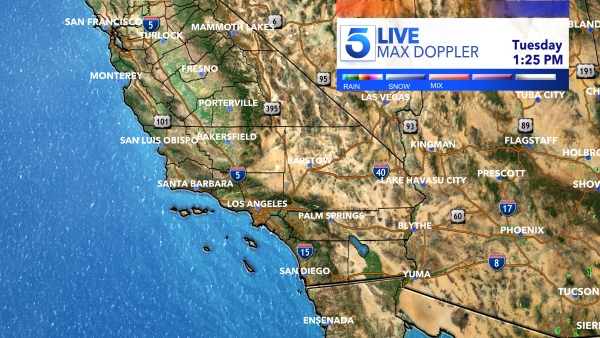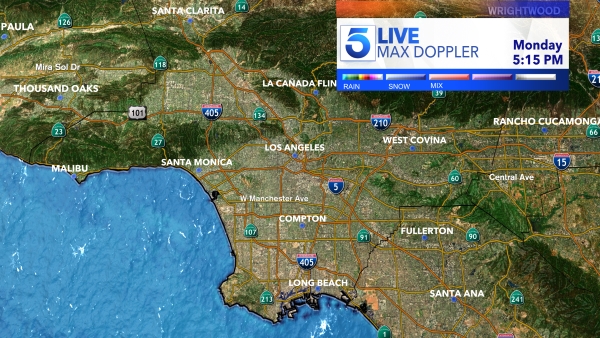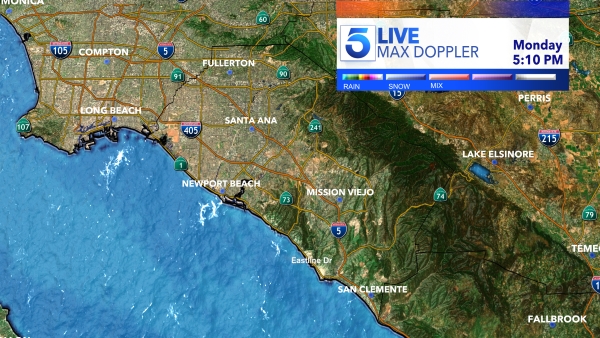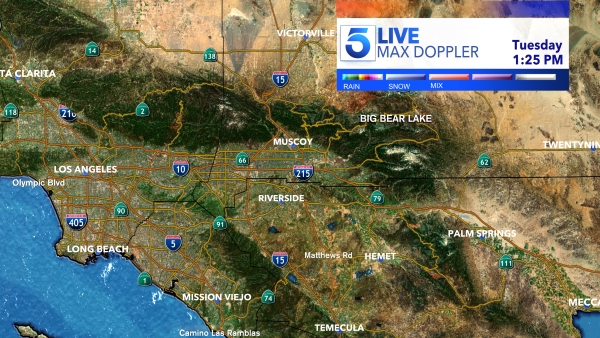MANILA, Philippines (AP) — Typhoon Man-yi left at least seven people dead in a landslide, destroyed houses and displaced large numbers of villagers before blowing away from the northern Philippines, worsening the crisis wreaked by multiple back-to-back storms, officials said Monday.
Man-yi was one of the strongest of the six major storms to hit the northern Philippines in less than a month and had sustained winds of up to 195 kilometers (125 miles) per hour when it slammed into the eastern island province of Catanduanes on Saturday night.
U.S. Defense Secretary Lloyd Austin met President Ferdinand Marcos Jr. In Manila and offered his prayers, announcing an additional $1 million in humanitarian aid for typhoon victims. He told Marcos he has authorized U.S. troops to help Filipino forces provide lifesaving aid.
Torrential rains and fierce wind unleashed by Man-yi set off a landslide early Monday in the northern town of Ambaguio in Nueva Vizcaya province that buried a house and killed seven people, including children, and injured three others inside, regional police chief Brig. Gen. Antonio P. Marallag Jr. said.
Army troops, police and villagers were scrambling to search for three other people who were believed to have been entombed in the avalanche of mud, boulders and uprooted trees, Marallag said.
Disaster response officials said they were checking if the deaths of two villagers in a motorcycle accident and an electrocution were directly related to Man-yi’s onslaught so they could be added to the overall death toll. They said a separate search was underway for a couple and their child after their shanty was swept away in rampaging rivers in northern Nueva Ecija province.
More than a million people were affected by the typhoon and two previous storms, including nearly 700,000 who fled their homes and moved to emergency shelters or relatives’ homes, according to the Official of Civil Defense.
Nearly 8,000 houses were damaged or destroyed and more than 100 cities and towns were hit by power outages due to toppled electric posts, it said.
In the worst-hit province of Camarines, officials pleaded for additional help after fierce winds and rain damaged more houses and cut off electricity and water supplies in the entire province, along with cellphone connections in many areas, provincial information officer Camille Gianan said.
Welfare officials transported food aid, drinking water and other help but more is needed over the coming months, Gianan said. Many villagers will need construction materials to rebuild their houses, she said.
“They have not recovered from the previous storms when the super typhoon hit,” Gianan told The Associated Press. “It’s been one calamity after another.”
The rare number of back-to-back storms and typhoons that lashed Luzon — the country’s largest and most populous island — in just three weeks left more than 160 people dead, affected 9 million people and caused such extensive damage to communities, infrastructure and farmlands that the Philippines may have to import more rice, a staple food.
In an emergency meeting as Man-yi approached, Marcos asked his Cabinet and provincial officials to brace for “the worst-case scenario.”
At least 26 domestic airports and two international airports were briefly shut and inter-island ferry and cargo services were suspended due to rough seas, stranding thousands of passengers and commuters. Most transport services have now resumed, according to the Civil Aviation Authority of the Philippine and the coast guard.
The U.S., Manila’s treaty ally, along with Singapore, Malaysia, Indonesia and Brunei provided cargo aircraft and other storm aid to help the government’s overwhelmed disaster-response agencies. Last month, the first major storm, Trami, left scores of people dead after dumping one to two months’ worth of rain in just 24 hours in several towns.
The Philippines is battered by about 20 typhoons and storms each year. It’s often hit by earthquakes and has more than a dozen active volcanoes, making it one of the world’s most disaster-prone countries.

